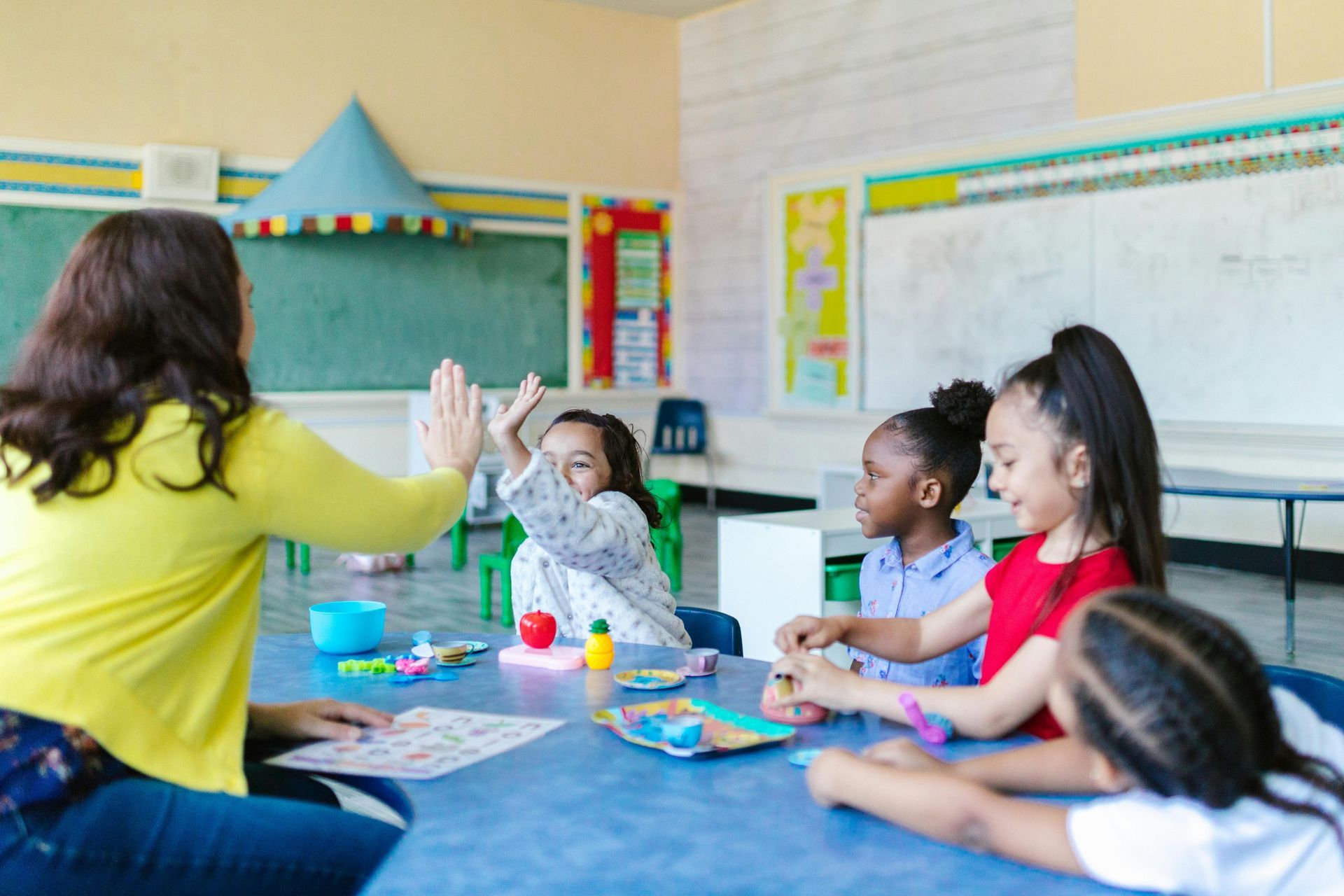Nurturing Social-Emotional Development: Helping Children and Adolescents Thrive as They Return to School
Guiding children and teens toward confidence and connection in the classroom.

As the new school year begins, children and adolescents face more than just academic challenges. The transition back to the classroom after breaks, changes, or disruptions requires a strong foundation in social-emotional skills—those essential abilities that help young learners manage feelings, build relationships, and navigate the ups and downs of school life.
Why Social-Emotional Development Matters
Social-emotional development isn’t just about being “nice” or “getting along.” It lays the groundwork for resilience, focus, and self-regulation—all key ingredients for academic success and lifelong well-being. When children and teens develop skills such as empathy, emotional awareness, and problem-solving, they are better equipped to handle stress, collaborate with peers, and engage meaningfully in learning.
For parents and educators, prioritizing social-emotional growth helps create supportive environments where children feel safe, understood, and motivated to reach their potential.
Key Social-Emotional Skills for a Successful School Year:
Emotional Awareness and Regulation
Understanding and managing emotions enables students to stay calm and focused during stressful moments, whether it’s a test, conflict with a friend, or a busy school day.
Example Activity:
- “Mood Meter Check-In”: Begin the day by having students identify their current feelings using a mood meter chart (happy, anxious, frustrated, excited). This practice builds self-awareness and helps adults provide timely support.
Empathy and Perspective-Taking
Recognizing and respecting others’ feelings fosters kindness and reduces bullying, creating a more inclusive classroom community.
Example Activity:
- “Walk in Their Shoes”: Read stories or watch short videos featuring diverse characters facing challenges. Encourage students to discuss how the characters might feel and what they might need.
Effective Communication and Active Listening
These skills help students express needs, resolve conflicts peacefully, and collaborate effectively with teachers and peers.
Example Activity:
- “Role-Play Conversations”: Practice common social scenarios, such as asking for help or disagreeing respectfully, to build confidence and competence in communication.
Problem-Solving and Decision-Making
Teaching children to think through challenges and choose constructive actions supports independence and adaptability.
Example Activity:
- “What Would You Do?” Scenarios: Present students with age-appropriate dilemmas and guide them in brainstorming possible solutions and consequences.
Building Healthy Relationships
Positive connections with peers and adults enhance motivation and a sense of belonging, which are critical for school engagement.
Example Activity:
- “Compliment Circle”: At the end of the day or week, have students share compliments or positive observations about classmates to reinforce trust and community.
Supporting Social-Emotional Growth at Home and School
Consistency between home and school strengthens these skills. Parents can foster emotional check-ins and model healthy coping strategies. Educators can embed social-emotional learning into daily routines and create classroom norms that promote respect and empathy.
Remember, social-emotional development is a journey—not a checklist. Each child grows at their own pace, and small, intentional moments of connection and practice make a profound difference.
If you’re a parent or educator looking to nurture these vital skills this school year, consider integrating simple activities like these into your routine. Together, we can help children and adolescents return to school feeling supported, capable, and ready to thrive.
Written from my heart as a therapist and reflective supervisor who believes every child deserves the support to grow emotionally strong and resilient.
— Charisse Dawkins, LCSW




